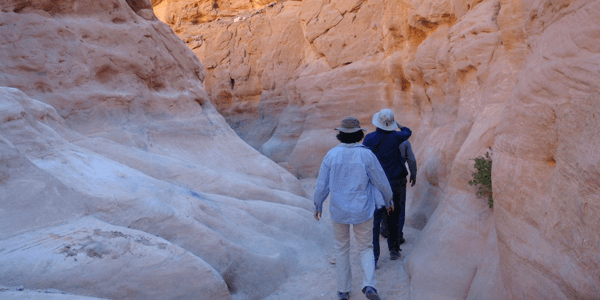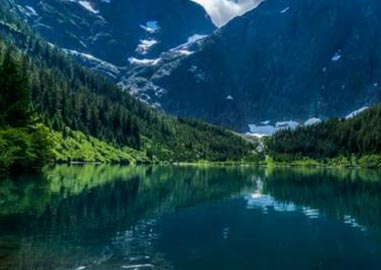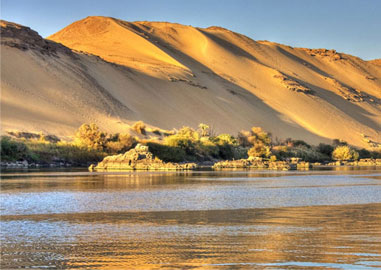
Explore the Historical & Geographical Facts of Sinai Peninsula
Posted By M.IsacSinai The Orange Desert
Stretching across the triangular Sinai Peninsula in Egypt, the Sinai desert is one of the greatest attractions on earth for the tourists, explorers and adventurers. Often termed as the "Orange Desert", it is not a desert in the true sense as here you will find many rivers and lakes flowing everywhere around and underneath you.
The Land Bridge between the Asian and African Continents
The only part of the Egyptian territory in Asia, as opposed to the African Egypt, this geographical region serves as a land bridge between the continents of Africa and Asia. Regarding its relative location on globe, it is situated between the Red Sea to the south and Mediterranean Sea to the North. This easternmost part of Egypt comes right between the forks of the Red Sea, namely, the Gulf of Suez and the Gulf of Aqaba. If, on one hand, the western and the northern shores are practically isolated, the eastern coasts, on the other hand, are bustling with several tourist attractions as well as the settlements of Bedouins.
Hosting Mt. Sinai The Famous Biblical Location
The presence of Mount Sinai on the Sinai Peninsula further adds to the value of the region as the same mountain has been mentioned in the Book of Exodus (the Bible) as well as the Quran. According to the Biblical accounts, after being exiled for the death of an Egyptian, the prophet Moses fled to this place. This is also the same region where, after forty years, Moses is believed to have received Ten Commandments from God. Because of the religious significance, it is a popular place of pilgrimage for all the three major religions of the world, viz. Judaism, Christianity and Islam. Moreover, the people coming here from around the world love to visit ancient monasteries, hot deserts and stunning Canyons.
Mosque & Monastery Worth Seeing
If you ever have a chance to visit Mount Sinai, at its foot, you will find the Greek Orthodox Monastery of Saint Catherine which is considered to be one of the oldest monasteries in the world. It is overwhelming to see that, even after all these past centuries, the manuscripts, icons and objects inside it are still perfectly intact. At the place, there are also different other structures of immense historical importance, such as the Chapel of the Burning Bush, the Fatimid Mosque, the library, the old refectory as well as St. Catherine's main church.
Colored Canyon Once an Ocean
One of the most unique and beautiful features in the Egyptian Desert is that of the Colored Canyon, which was once an ancient ocean, eventually receding to now-waterless area. This rock formation on the Sinai Peninsula is a labyrinth of rocks going as long as 800 meters. The only remains of the ocean consist of the beautiful sandstone and limestone in multitude of colors, shades and hues in the Colored Canyon.
The Sinai under Ottoman Rule
After the decisive battles of Marj Dabiq and al-Raydaniyya in 1516-17, the Sinai became part of the Ottoman Empire. Selim I was the Ottoman Sultan who successfully led his troops in these battles. He ruled only for 8 years, i.e. from 1512-1520 and was responsible for annexing most of the Middle East into the Empire. However, yielding to the pressure from Britain, the Turkish government handed the Sinai over to British-controlled Egypt in 1906. The eastern boundary of Sinai was drawn by Britain which exists to this day. The year 1829 and 1878 marked the independence of Greece and Romania from the Ottoman Empire, while 1922 proved to be the year of the final dissolution of the empire.
World Information - Latest Articles

Most Natural Beautiful Country in the World
Written By IsaacQuantifying the beauty of a country for the sake of ranking is a tough task. It requires deep...

Facts About the Most Technologically Advanced Cities in the World
Posted By IsaacToday economic strength and advances in technology go hand in hand in determining...

Largest River in The World
Posted By IsacThousands of rivers flow through different parts of the earth and enrich it with precious...
